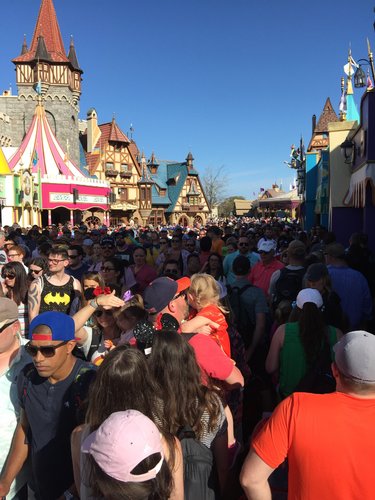I've noticed that door knocking and asking permissions out here is still a thought. We lost that ability in the South generations ago. We approach the farmer money in hand for a lease, never just asking for somewhere to hunt.
The freebies down South come with befriending landowners through college or work, not by knocking.
The freebies down South come with befriending landowners through college or work, not by knocking.
I've gotten on private in MT for free to kill cow elk. My boss let some guys who gave him a call kill some bulls on his place in WY.
So it is possible and does happen. To be honestly I think most folks in the west find the idea of a hunting lease repugnant.
Growing up and learning to hunt out here I feel like there is a cultural taboo of asking for permission.





